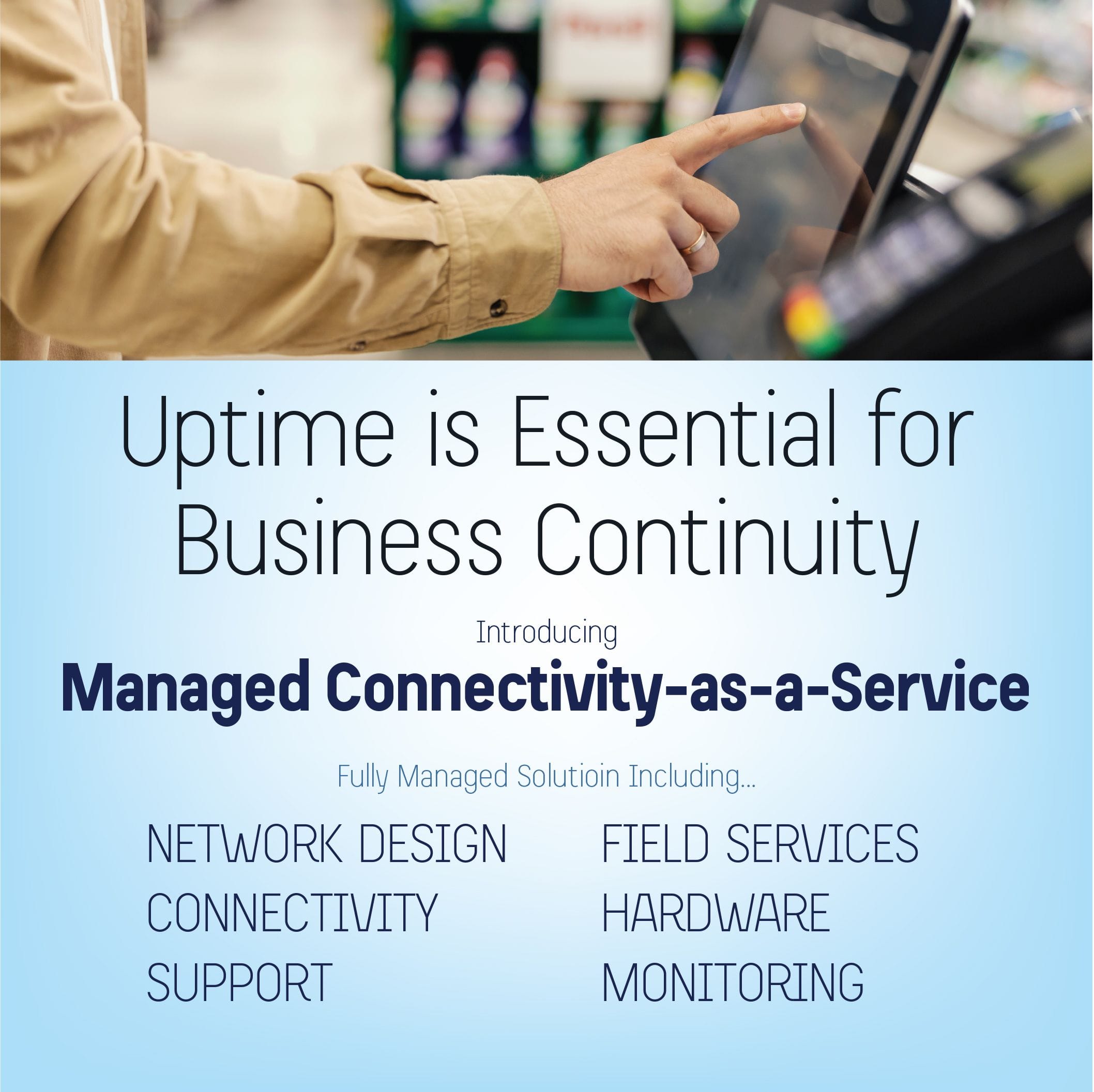Nov 14, 2023
Self service kiosks: Business benefits and uses
The demand for customer self service has never been higher.
This makes it an invaluable concept for many industries to learn and apply.
Customers like self service for its convenience and employers appreciate that
it frees up employees so they can focus on other areas of the business.
This guide will explain what, why, and how of self service for business. What
exactly is self service, why do you need it and how can your business take
advantage of it?
What is a self service kiosk?
First, let’s define the term “self service.”
Self service is the automation of customer service processes that are (or were) traditionally performed by people. In addition to freeing up employees, applying this concept can also help boost the scale of your operation and minimize labor costs.
This type of service is essential to improving the customer experience. For example, many customers of banks and credit unions use self service kiosks for added privacy and convenience. Hotel guests often prefer automatic booking services and in-room self service interfaces over calling the front desk.
A self service kiosk is something you’ve likely seen at one point, perhaps without realizing it. Self-checkout machines at grocery stores — which let a customer ring their items up, bag them, and pay without ever interacting with an employee — are a prime example. Many major airports also have self service kiosks so a customer can easily check-in before boarding a plane. These solutions come in a wide range of shapes and sizes across an equally large variety of industries.
The concept of self service has been around since ancient times. While primitive then, self service today has made rapid advances — especially during the COVID-19 pandemic.
The history of self service
If you think self service vending machines are a modern innovation, consider this: The first ones came around thousands of years ago in ancient Greece, circa 215 BCE. They didn’t offer snacks; they exchanged holy water for coins.
Virtually everyone has experienced self service in some form or another. Long before it became digitized, it was a mechanical invention. It all goes back to the vending machine, the very first of its kind. In the lifetimes of people today, the process of using a vending machine goes like this: Look at your selections, enter money, and select which item you want. The machine drops the item within reach and you’re on your way.
Surprisingly little has changed since the beginning of vending machines, when they didn’t require electricity to offer items such as cigarettes and candy. It wasn’t until electronics came about in the 20th century that the process was revolutionized, and pretty soon customers were at McDonald’s dispensing drinks from a fountain.
The way we shop at grocery stores has also changed because of customer self service, and not just because of automated checkouts.
Long before those came around, Piggly Wiggly thought of the shopping basket in 1916.
Before introducing this concept, you would write out a shopping list and hand it to a clerk, who would then gather everything on the list for you. The use of the shopping basket meant people could get their items themselves before bringing them to a register. This saved employees the time and effort of doing something the customers could easily handle themselves.
Why are self service kiosks important?
Far from being a fun gimmick, we use to save time, self service kiosks are a core technology of the future of customer service. Here’s how they’re used across a variety of industries.
Restaurants
Few benefit from a self service kiosk as much as a customer in a restaurant. Consider the Wawa chain, which lines its sandwich counters with touchscreen devices. Here, you use a digital display with a user interface showing all the different items on the menu, complete with photos and customization options. Looking to get a chicken sandwich hoagie (or hero sandwich, or submarine, or whatever your area calls these edible constructions) with pepper jack cheese, any or all of the veggies, and oregano on whole wheat? Wawa’s self service kiosks make it uncomplicated and intuitive. Everything you can possibly order in the restaurant is at your fingertips.
With self service kiosks, orders travel at the speed of thought. By eliminating the time-consuming back-and-forth between the customer and employee, which can be rife with communication issues while the employee writes down a specific order that could be endlessly complicated, you can order exactly what you want in seconds.
Banking
Used throughout the world to give into and take money from banking accounts, automatic teller machines (ATMs) were invented in the 1960s to act as round-the-clock customer terminals. The first known ATM was founded in London in 1967, though some theorize that it came about even earlier than that in Japan.
In addition to being accessible at all or almost all hours of the day, ATMs have drastically reduced wait times at banks: Fewer people need to fill out a piece of paper and wait in line to interact with a teller.
Banks don’t just use ATMs as their front-and-center self service offering. There are more advanced varieties also found at credit unions that can print and accept checks. The trends for how financial institutions use self service are rapidly evolving and businesses need to keep up if they want to stay competitive.
Perhaps one of the greatest examples of ultra-modern convenience is app-based customer banking. These don’t even require you to travel to an ATM, yet they have similar capabilities, such as enabling money transfers. You can even deposit checks just by taking pictures of them.
Hotels
Self service is in particularly high demand among hotel guests who want to check themselves in, ask for cleanings, or even take advantage of artificial intelligence (AI) chatbots that can answer many of their questions instantaneously.
Automatic online booking services have also become popular in lieu of directly interacting with staff, which traditionally would be on the other end of a phone line. Hotels invested a great deal in self service technology during the peak of the COVID-19 pandemic to minimize close interactions between staff and guests.
Guests have made their choice loud and clear. 73% of respondents in a survey of 5,000 customers claim that they’re more likely to stay at hotels that make use of self service, according to a report by Skift.
The Self Service Innovation Summit
Many business leaders rely on self service as a core business model. To bring thought leaders together, there’s an annual event called the Self Service Innovation Summit. This event is planned for December 4th through the 6th at the Loews Coral Gables Hotel in Miami.
The goal of the summit, according to their official website, is to “examine advances in technology that are empowering businesses to provide products and services when, where and how consumers expect them. The event will cover self-service, kiosk, vending and mobile solutions that can be applied in a wide range of settings.”
During 2022’s event, prominent thought leaders in self service gave keynote addresses led by Glen Ryniewski, the assistant commissioner of concessions for the Chicago Department of Aviation, and Luke Saunders, founder and CEO of Farmer’s Fridge. The latter company offers pre-prepared healthy foods sold in refrigerated self service kiosks similar to a highly sophisticated vending machine. These units are sold to businesses for employees to take advantage of.
If you’re interested in networking, the summit is an excellent place to mingle with sponsors and innovation leaders over cocktails and hors d’oeuvres.
Connectivity solutions for self service kiosks
When Hero of Alexandria came up with his holy water vending machine, he had yet to consider the implications internet connectivity would have on the concept of self service kiosks. But because self service has come a very long way since its inception, implementation of these customer service solutions requires connectivity solutions and certain equipment.
Which solution is best depends on its application. Let’s compare a few options.
4G LTE
Many self service kiosks are sure to benefit from cellular
wide area networks (WANs) such as 4G LTE and 5G. The primary benefit of 4G LTE
is that nearly the entire world is covered by this connectivity solution. It
also has the speed and performance to fulfill virtually any kiosk’s needs.
5G can potentially have far greater performance than 4G LTE, but its current coverage range is smaller. This connectivity solution is still in its very early stages of rolling out and most people who use 5G rely on 4G LTE towers for a signal. However, if you can take advantage of 5G, you probably should for the drastically increased performance and lower latency.
Another consideration is cost, as 4G LTE is lower-priced when compared to many other forms of connectivity, including 5G.
The verdict
If you’re going to start somewhere with a connectivity
solution for self service, you’ll probably want to start with 4G LTE. Its
near-worldwide coverage means all your self service kiosks are operating under
the same WAN, while its low latency and good performance complement its
cost-effectiveness. On the other hand, if you can take advantage of 5G, you may
find its increased performance to be a more fitting solution.
Self service is here to stay — and grow
For the foreseeable future, customer demand for self service will only grow — and businesses need to be ready for this change.
If you’re looking for a comprehensive self service solution for your business, contact us at Ventus to
learn more.

